Water Water Everywhere
Today I see more people drinking water than ever before. Water has become so available to us including vending machines. Whether I travel by plane, bus, or train, I have many people with their water bottles. There are many choices of water to be had. Glacier water, filtered water, plain and flavored water. I am not so sure that the chemicals in the flavored water are good for you. My personal favorite is mineral water. But why is drinking water so important?
Water And The Human Body
The human body is comprised of about 60 percent water. Water is so important to our survival that is can only go without water for so long. Whereas we can go without food for long periods of time, we will only survive three days without water.
Think of water as being an essential nutrient. We get water from the foods we eat to the water we drink. When I speak of foods I am referring to fruits and vegetables, not pizza.
Water is responsible for digestion, absorption, circulation, and the creation of saliva. Water is responsible for transporting nutrients to our bodies cells. It also is responsible for regulating the body’s temperature. When I was in nursing school we also learned that water is the great fat emulsifier. If you want to lose weight, stick to water, not soda.
Six Reasons to Drink Water:
- Drinking Water Helps Maintain The Body’s Balance Of Fluids.
- It Helps Control Calories.
- Water Helps Energize Muscles.
- Drinking Water Helps Your Skin Look Young.
- Flushes Out Your Kidneys.
- Helps Maintain Bowel Function.
- Creates Balance Important For A Healthy Blood Pressure.
How Does Drinking Water Lower Blood Pressure?
Staying hydrated is one of the simplest ways you can maintain healthy blood pressure. If you are not hydrated your body will begin to retain sodium in order to save water. By this bodies mechanism increase, sodium means increased blood pressure. Your arteries and capillaries will narrow and your blood pressure will go up. This is the bodies survival mechanism. To ensure this mechanism does not kick in stay well hydrated.
Advertisement
Watch How Mark Lowered His Blood Pressure Naturally. It was 150/100, this morning it was 110/79
Watch Video
What Is The Best Water to Drink for Lower Blood Pressure?
This is actually a really good question. Are all waters the same? The answer is yes and no. There are basically 5 types of drinking water they are:
Drinking water
Drinking water is just that: water that is intended for drinking. It is safe for human consumption and comes from a municipal source. There are no added ingredients besides what is considered usual and safe for any tap water, such as fluoride.
Distilled water
Distilled water is a type of purified water. It’s water that has gone through a rigorous filtration process to strip it not only of contaminants but any natural minerals as well. This water is best for use in small appliances — like hot water urns, or steam irons because if you use it, you won’t have that mineral buildup that you often get when you drink tap water. Though it may seem counterintuitive, this water is not necessarily the best for human consumption, since all of the water’s natural, and often beneficial, minerals are absent.
Purified water
Purified water is water that comes from any source but has been purified to remove any chemicals or contaminants. Types of purification include distillation, deionization, reverse osmosis, and carbon filtration. Like distilled water, it has its advantages and disadvantages, the advantages being that potentially harmful chemicals may be taken out and the disadvantage being that beneficial minerals may be taken out as well.
Spring water
This is what you often find in bottled water. It’s from an underground source and may or may not have been treated and purified. Though spring water sounds more appealing (like many others, I imagine my spring water coming from a rushing spring at the base of a tall, snow-capped mountain), it’s not necessarily the best water for drinking if you have other options. Studies done by the NRDC (Natural Resources Defense Council) have found contaminants in bottled water such as coliform, arsenic, and phthalates. A lot of bottled water is labeled as spring water, but the source of that water is often a mystery, as this Environmental Working Group report makes clear. This topic has been a popular one in recent years, sparking plenty of controversies.
Mineral Water
Mineral water is my favorite water and there are good reasons for that. According to some of the latest research mineral water containing magnesium and calcium have been proven to lower your blood pressure.
The Health Benefits of Mineral Water
Advertisement
Watch how Julie Lowered her Blood Pressure Naturally. It was 170/110, this morning it was 120/80
Learn More…
For thousands of years, mankind has been drinking mineral water from natural springs and wells and bathing in them too to support health and aid healing.
Though the ancients may not have known exactly why ‘taking the waters’ conferred therapeutic benefits, they were onto something, absorbing minerals by drinking and soaking them in, at wells and baths. On the therapeutic ingredient list? —
Sulfate, calcium, magnesium, bicarbonate and a number of trace minerals, some of which we don’t always get enough of from food but can absorb more easily through (naturally) mineral-infused water.
Mineral water comes from natural underground reservoirs and mineral springs, giving it a higher mineral content than tap water.
According to the Food and Drug Administration (FDA), mineral water must contain at least 250 parts per million of total dissolved solids. The FDA prohibits these manufacturers from adding minerals to their products.
Minerals that are often present in mineral water include:
- calcium
- magnesium
- potassium
- sodium
- bicarbonate
- iron
- zinc
Unlike tap water, mineral water is bottled at the source. Some people prefer mineral water due to its perceived purity and the lack of chemical disinfection treatments.
Having low levels of magnesium may contribute to high blood pressure, congestive heart failure, and conditions that cause irregular heartbeats.
Mineral water rich in magnesium may, therefore, help lower the risk of cardiovascular disease.
A small-scale 2004 study involving 70 adults with borderline hypertension and low magnesium levels found that drinking 1 liter of mineral water per day decreased their blood pressure.
Which Mineral Water Should I Buy?
First off I am not here to promote one company over another. I have my favorites of course. First, if you have high blood pressure you do not want to purchase mineral water that is high in sodium. Having a high content of sodium is going to cause your blood pressure to soar! Not go down. The first thing I do is check the sodium content.
Next, I look for mineral water with a good amount of magnesium and calcium. Two components of healthy blood pressure. If you have kidney disease I would avoid mineral water unless approved by your physician. Water is important first and foremost. If you cannot afford to buy mineral water then at least drink plenty of water. If you are afraid of drinking tap water you may consider a water filtration system like Britta.



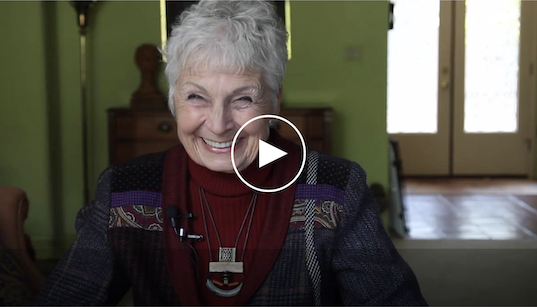

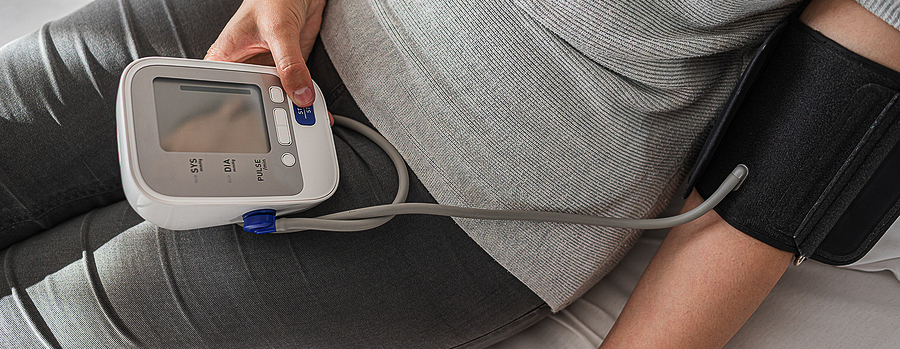
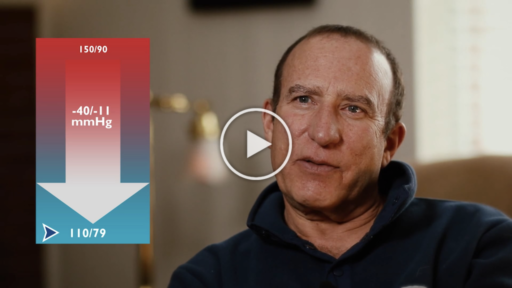
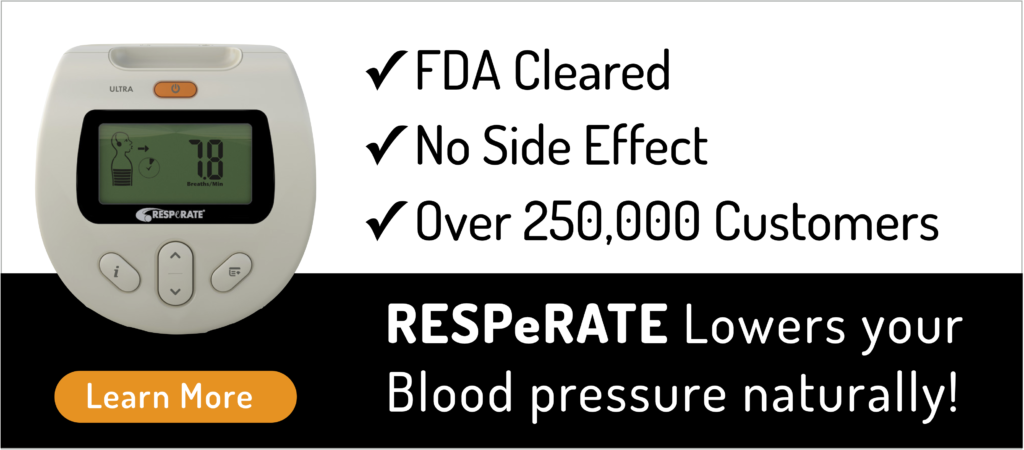

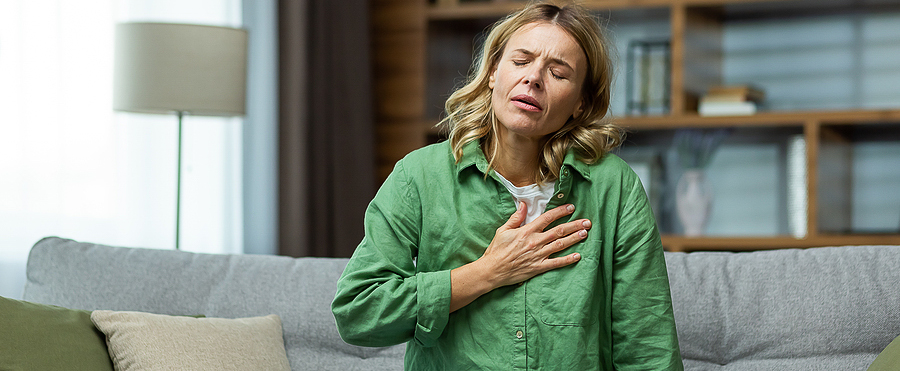

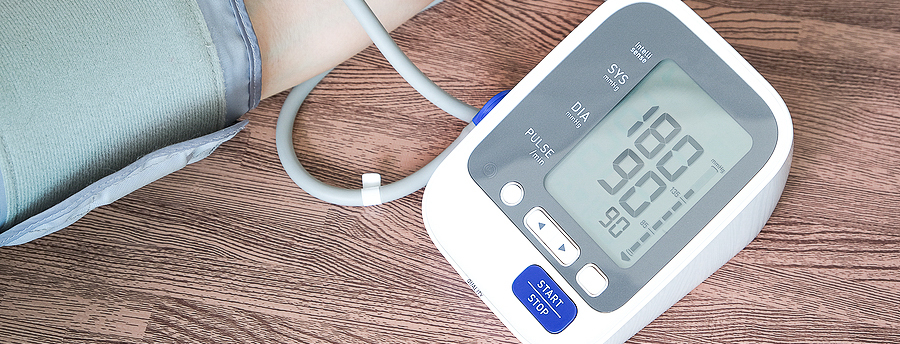

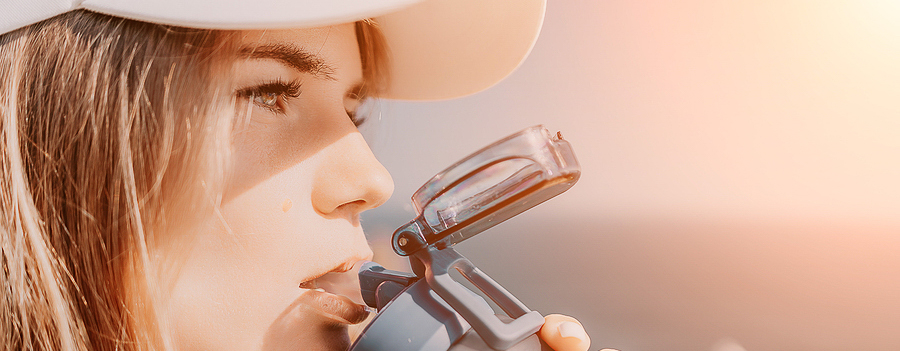


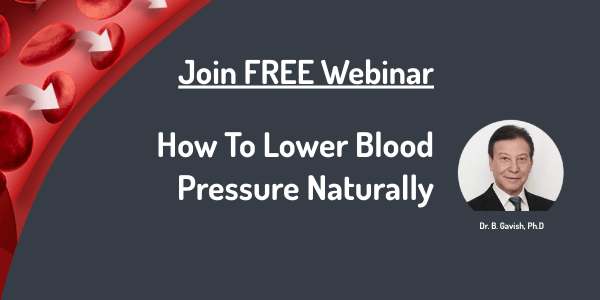


 Download Brochure
Download Brochure